By Tony Matharu
THERE are many lessons to be learned from the Covid-19 virus and the government’s responses to it.
But now may or may not be the time to investigate what happened, because coronavirus is not the first pandemic and I suspect, it will not be the last, despite the havoc it has wreaked across the globe with massive loss of life, irreparable damage to livelihoods, economic and financial devastation and long-term consequences on the health and welfare of populations, especially the young.
We have all suffered. But now is not the time to ignore the best chance we have to release ourselves from the grip of the virus. We must take advantage of the government’s vaccine programme – something which we should embrace. We should acknowledge that in this respect, the UK has done things well.
We know that Covid and its variants affect or potentially affect everyone. To that extent, it is indiscriminate – reaching every corner of the globe. Yet it is discriminatory. It affects the elderly, the obese, those suffering with diabetes, males and black and Asian populations more than others. Those most at risk must take every opportunity to protect themselves, their families and others and take the vaccine.
Recent revelations from the city’s public health chief show London’s Asian communities have been hardest hit by the Covid-19 second wave, spiralling rapidly out of control in north-east London before spreading elsewhere. It emphasises the importance of taking up the vaccine when it is available.
Regrettably, there are reports that the communities most at risk are also those that are most hesitant. This is concerning and every effort must be made to reassure high-risk minority ethnic groups of the efficacy and safety of the vaccine and to encourage them to come forward to be vaccinated when invited.
The vaccines are extremely safe and effective, and vital for saving lives and providing a route out of the cycle of lockdowns. To be clear – there is no meat product, no pork, no alcohol in the vaccines. Faith leaders have endorsed them. Misinformation must be ignored, particularly when data from the first wave shows that ethnic minorities were twice as likely to die from Covid.
Scepticism, hesitancy and ignorance are fatal, especially when those who most need the vaccine are disproportionately impacted and most vulnerable to the virus. Indeed, there is a good argument to suggest that key workers – disproportionately from black and ethnic minorities – and those from other high risk groups should be prioritised for their own safety and that of others.
It does not take too much imagination to consider where we would be in if there were no viable vaccines to help us with the battle. Hope now exists where otherwise there would only be despair and fear.
The speed and efficiency of the production, purchase and roll out of vaccines is the envy of others. Yet there should be no vaccine nationalism or bragging. The sound delivery and efficiency of vaccines distribution to date should be commended and the advantages exploited – even if mistakes were made that led us to where we are now.
Equally, the UK’s innovative rapid genome sequencing, which allows us and the world to better understand and adapt to mutations and new strains, should be applauded. Sharing our knowledge helps protect ourselves and enables a more secure world. This must also be encouraged.
We can at last breathe more freely, albeit behind our face masks. We must dismiss vaccine pessimism and take up the opportunity when invited, to lead us all into a better, more optimistic and a healthier future.
Tony Matharu is the chairman of the Asian Business Association and founder-director of the Central London Alliance.
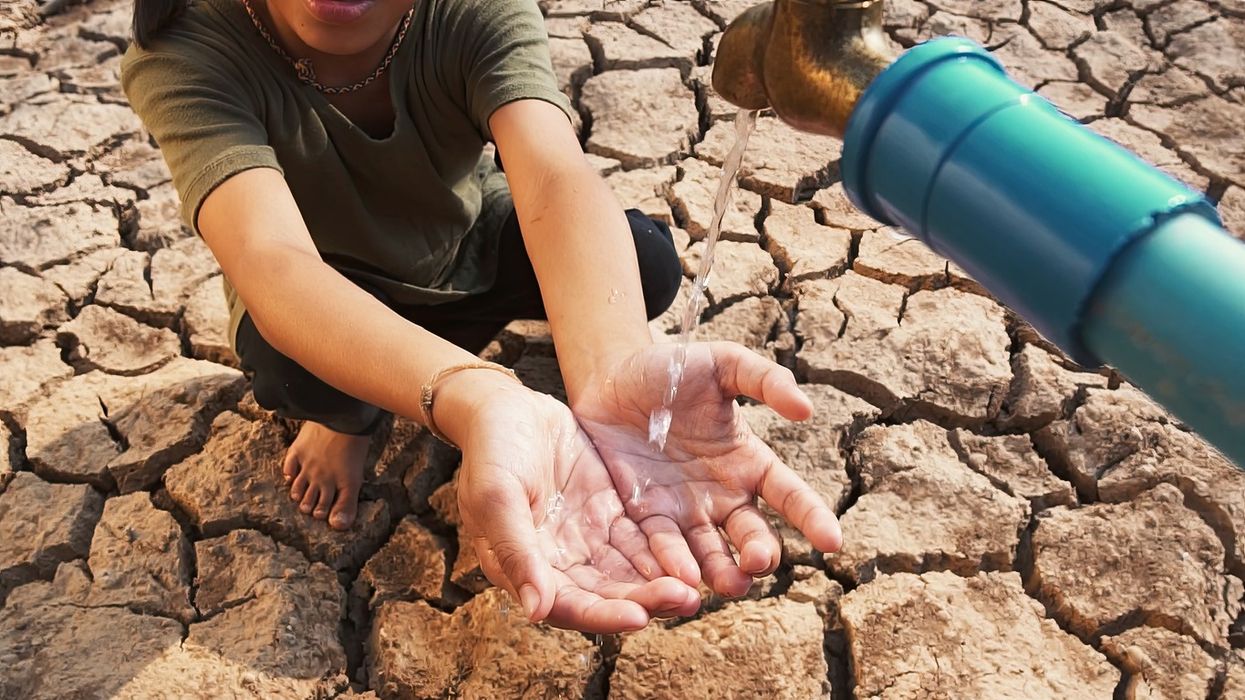
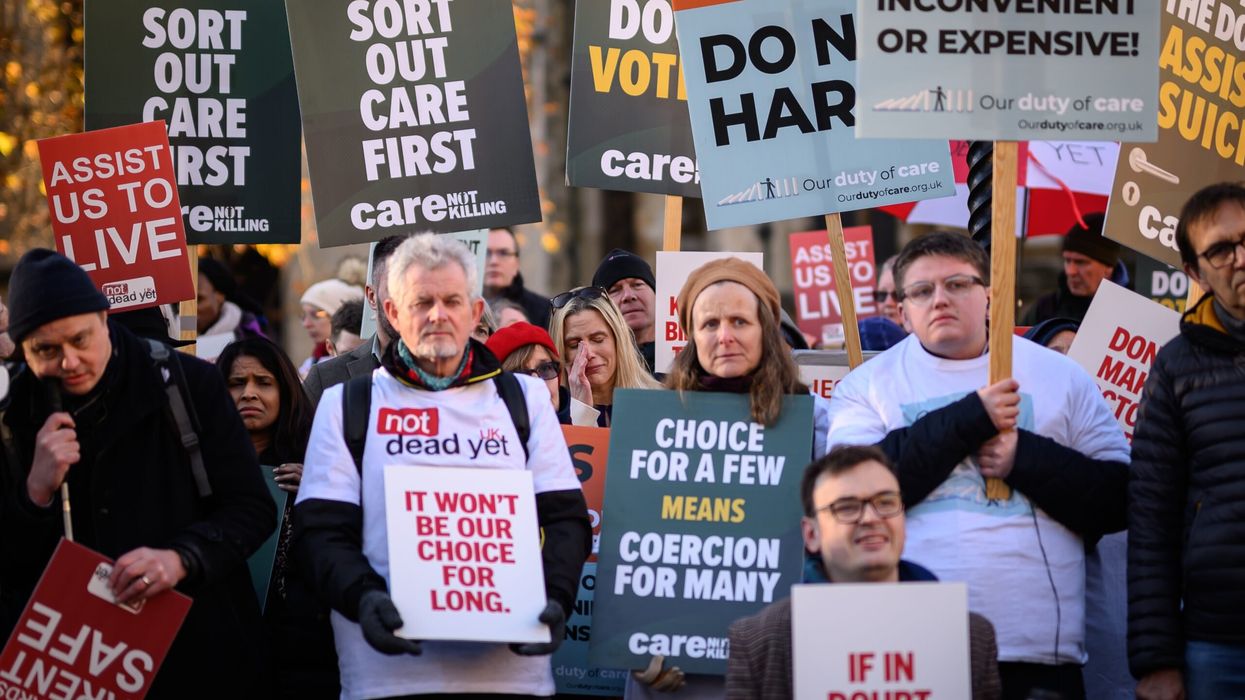
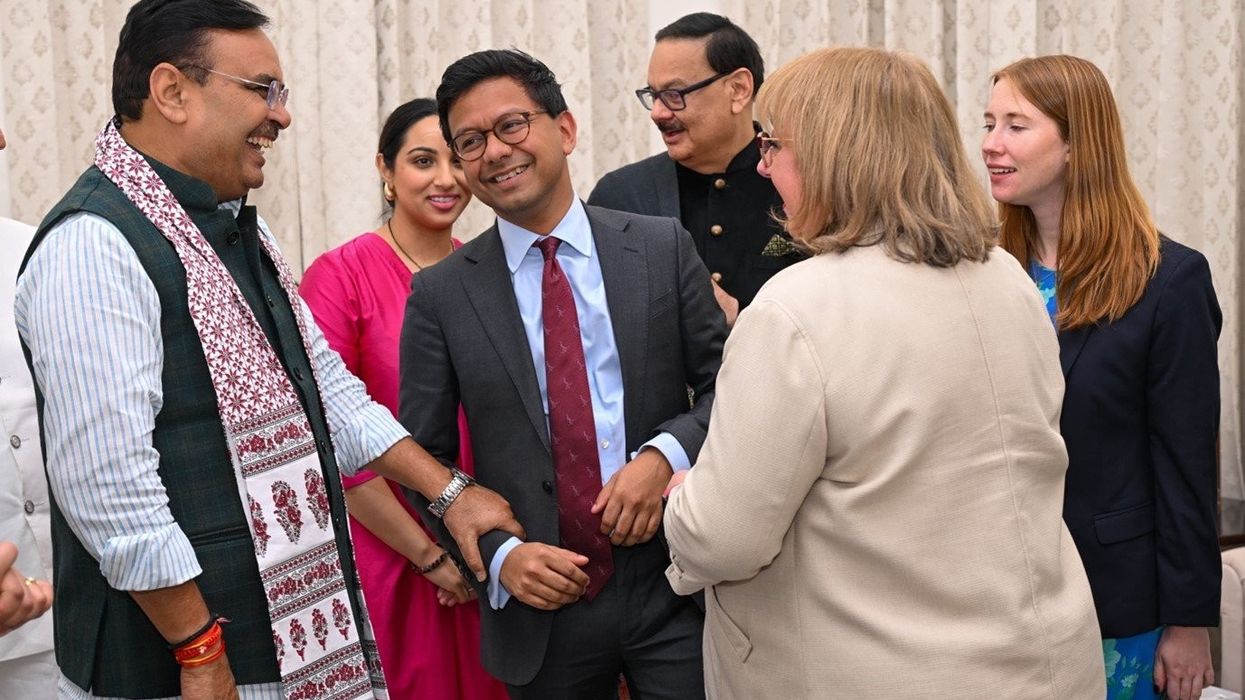
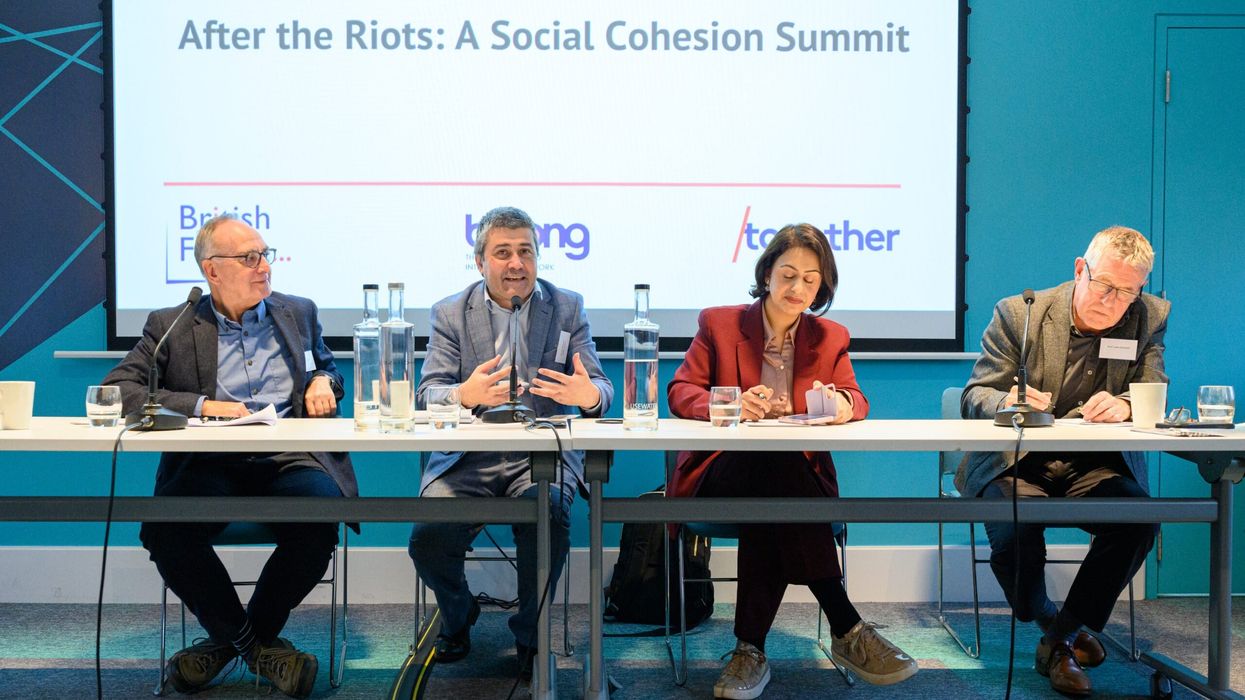



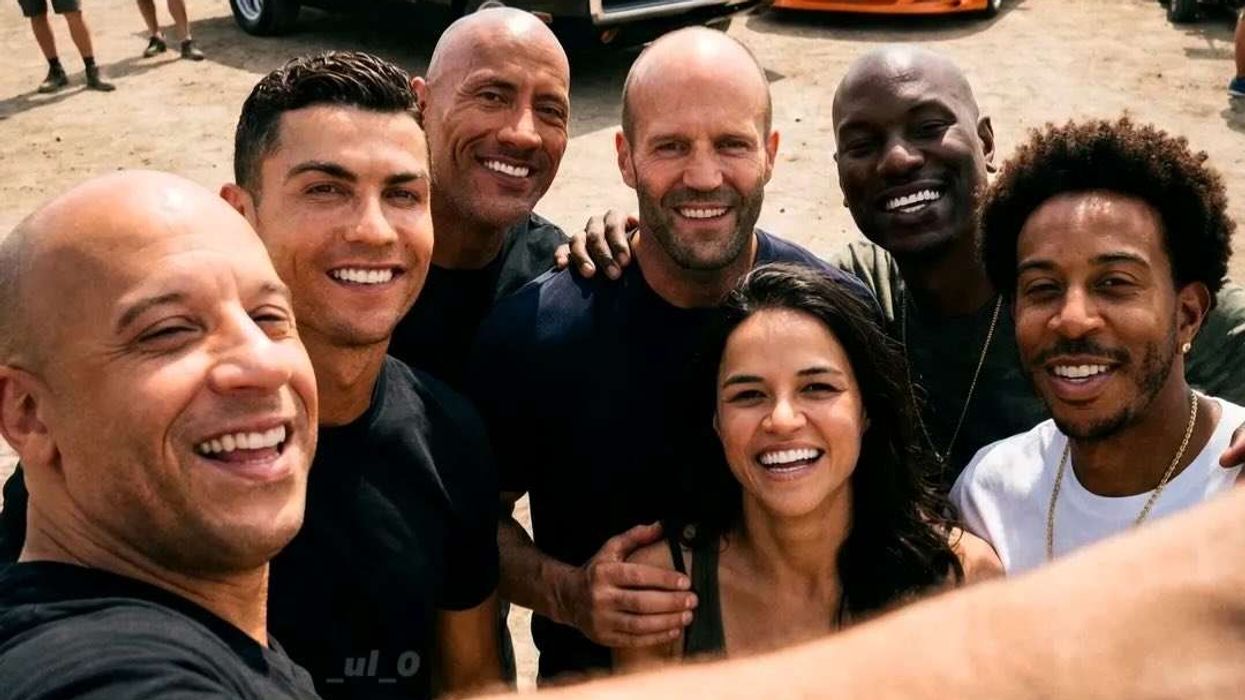




‘Jab hesitancy can be fatal for groups at risk of Covid’